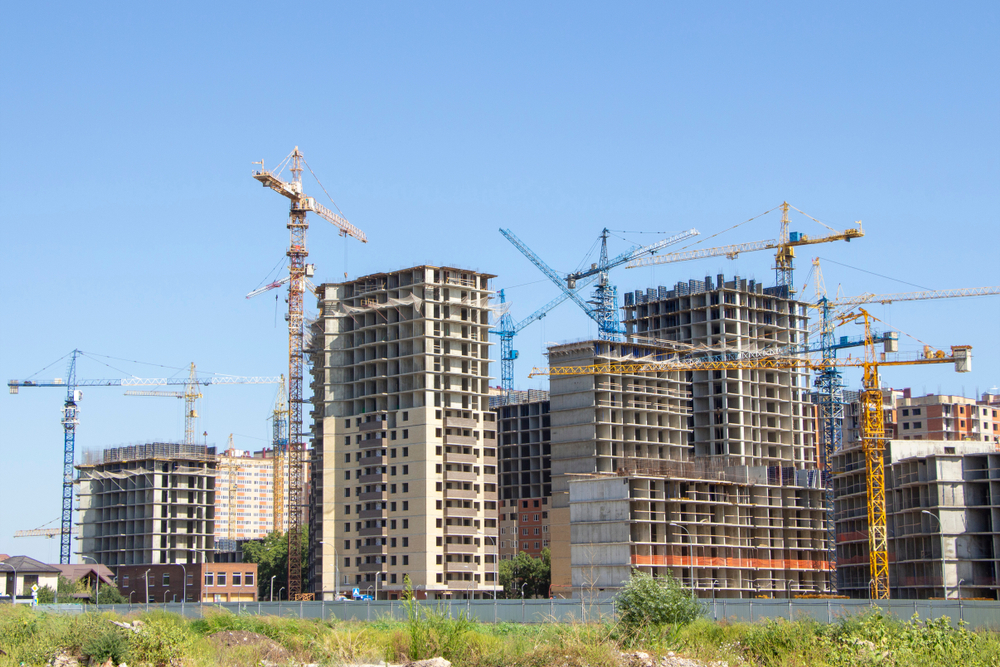When it comes to building tall, tower cranes are the undisputed backbone of high-rise construction. From lifting massive concrete panels to moving steel beams hundreds of feet in the air, these cranes make the impossible not only possible but routine. In this article, we’ll explore how tower cranes for high-rise construction work, why they’re so essential, and what makes them the go-to solution for vertical building projects.

Why Tower Cranes Are Ideal for High-Rise Projects
Tower cranes are uniquely engineered to serve the demands of high-rise construction, offering both vertical reach and lifting power in a compact footprint.
Key advantages include:
- Exceptional height capabilities – Tower cranes can be extended to well over 1,000 feet when anchored to a structure.
- Small ground footprint – Critical in dense urban environments where space is limited.
- Heavy load capacity – Ideal for hoisting concrete, steel, mechanical systems, and even entire prefabricated sections.
These features allow tower cranes to operate continuously as buildings grow upward, adapting to project phases with precision and stability.
Crane Placement: Planning for the Vertical
Before construction begins, engineers and crane specialists determine optimal crane placement. For high-rise buildings, cranes are often:
- Placed within the core of the structure (internal climbing cranes)
- Anchored to the building as it rises
- Supported by concrete bases or integrated into the structure
This planning ensures safe, efficient lifting with minimal disruption to other site activities.
The Climbing Process
One of the most innovative features of tower cranes for high-rise construction is their ability to “climb” with the building. Here’s how it works:
- The crane is initially installed at ground level.
- As floors are added, the crane uses a hydraulic climbing frame to push itself up, inserting a new mast section.
- Once stabilized, the crane resumes operation from the higher level.
This process repeats throughout the build, allowing the crane to grow in height alongside the structure itself.
Supporting the Construction Schedule
Tower cranes aren’t just about height—they’re central to the flow of the job site. Their ability to move large materials efficiently keeps projects on track and on time. They help with:
- Delivering concrete buckets to upper floors
- Hoisting HVAC systems and structural steel
- Lifting formwork, tools, and prefabricated elements
A single tower crane can often replace multiple smaller lifting solutions, simplifying logistics and increasing job site safety.
The Bronson Crane Advantage
At Bronson Crane, we understand the specialized needs of high-rise construction. Our fleet of self-erecting tower cranes is ideal for mid-rise builds and urban infill projects, offering quick setup, impressive reach, and smooth operation in compact environments.
For taller builds, our engineering partners can provide full-service high-rise tower crane solutions, from planning and installation to operation and disassembly. Whether you’re working on a multi-story apartment complex or a downtown office tower, we deliver the expertise and equipment you need to build higher, safer, and smarter.
Final Thoughts
Tower cranes are more than just tools—they’re a vital part of how cities grow upward. With the right crane in place, your high-rise construction project gains the vertical power it needs to succeed from the first lift to the final beam.
